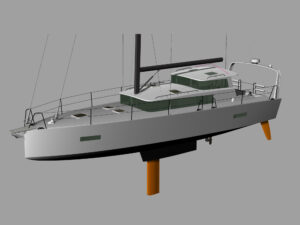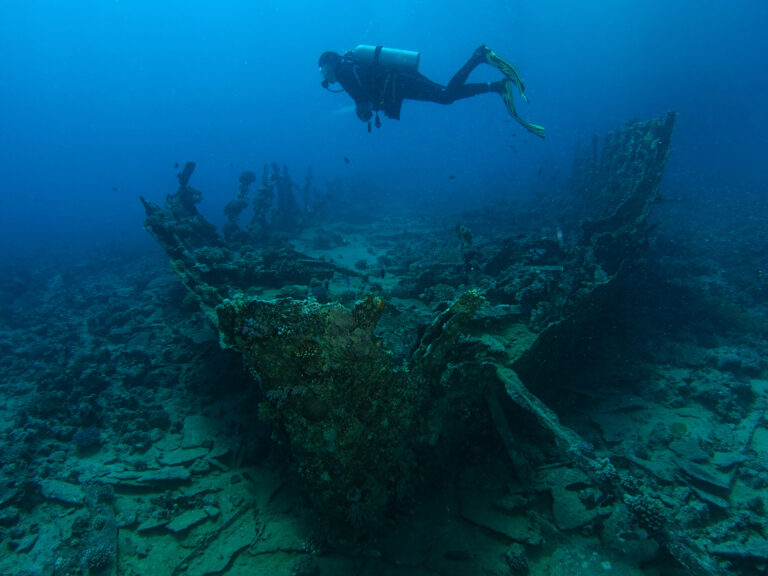
Tank368
Sailors constantly remark about the camaraderie of the cruising community, but what about responsibility? It seems some cruisers can get a little lax when it comes to properly discharging the head’s holding tank.
According to Clay McDonough, an officer with the Florida Fish and Wildlife Conservation Commission, the problem got so bad along the Intracoastal Waterway two years ago that approximately 50 percent of the boats the FWC boarded and inspected weren’t in compliance with no-discharge regulations.
McDonough has seen a slight improvement as 2007 comes to a close, but notes, “An average of six out of 10 boats still not complying isn’t that great.” On a recent enforcement action in Flagler Beach, south of St. Augustine, McDonough and crew boarded 33 boats in one day. Nine boats were fined and 15 were given warnings for improperly secured sanitary-discharge valves.
McDonough is baffled why a group of people who allegedly love the outdoors and have a great respect for nature and the environment would be so careless about their own sewage, though he has a few theories. “These people definitely don’t call Florida home,” he says. “They’re just passing through. And I think some people are just cheap. They don’t want to pay,” he adds, referring to those who discharge overboard rather than paying a pump-out fee.
So how do you stay out of deep, well, let’s just call it trouble on the ICW? Consider forking over the nominal fee–which in some places is free–to have your holding tank pumped out, because if you’re found in violation, you’ll be given the maximum civil fine of $250. And don’t try any funny business. Florida law requires that overboard discharge valves be closed and secured with something such as a zip-tie so the valve can’t be adjusted on the fly. “The valves have to be secured, so someone can’t just flip a lever if their boat suddenly gets boarded,” says McDonough.
And one more item in the FWC arsenal: a foolproof dye. Officers pour it in the tank, flush, and if a green film instantly emanates from the water surrounding your boat, you’re busted. “All it takes is two drops from an eyedropper,” says McDonough.
These unannounced inspections are a regular event, but occur more often during migration time on the ICW. “November and December is when we really focus our efforts,” says McDonough. “And March and April, too.”
Many of you snowbirds have probably landed in your winter destination by now, but next spring will roll around again, so make sure your vessel is in compliance.








